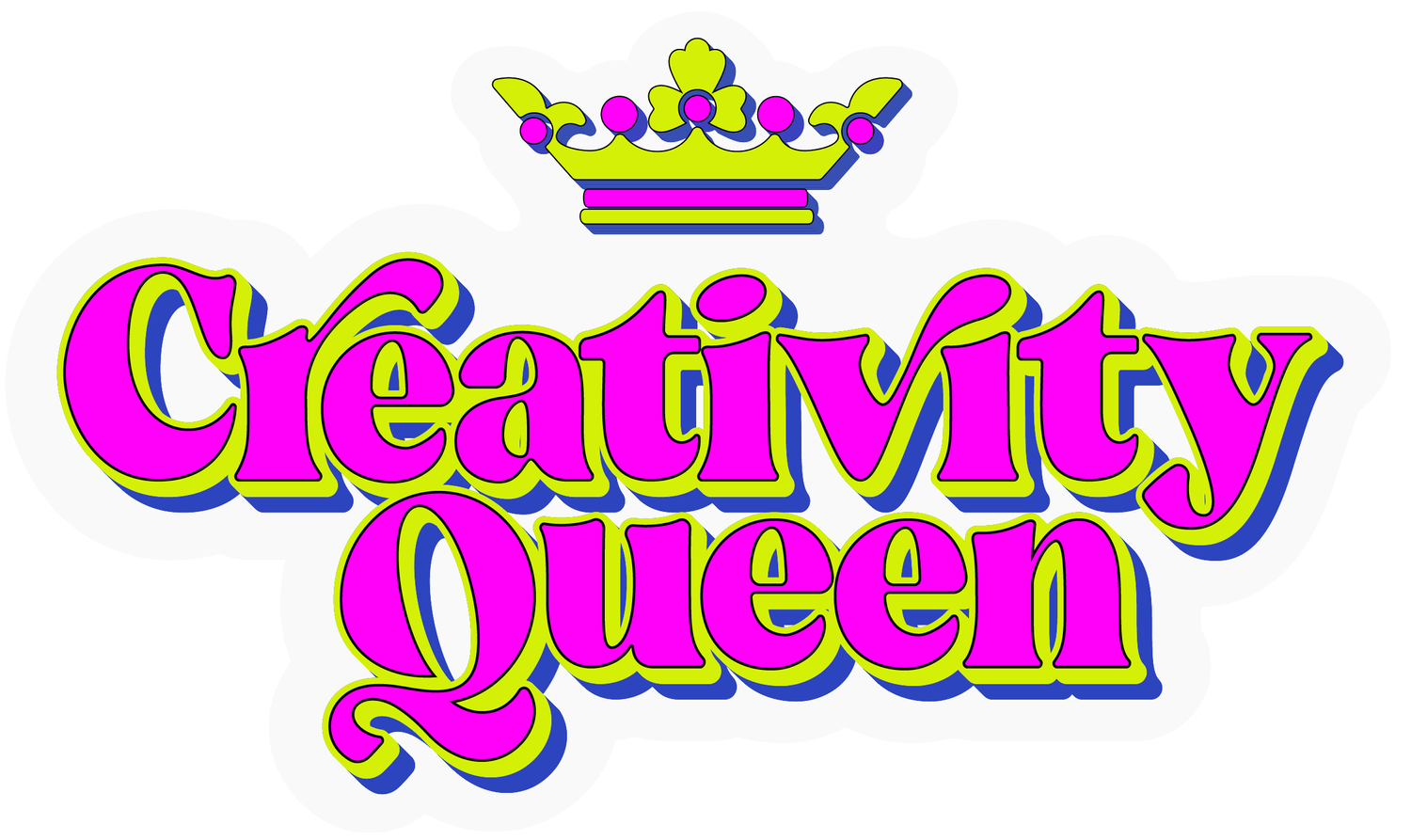7 Ways to Overcome ‘I can’t do this’
Have you ever noticed your bright, creative, resourceful child shut down over something difficult? Whether it’s a difficult school subject, a social event, or a challenging situation, all of a sudden they have completely shut down. They may hang their head, burst into tears, whine or pout, become non-responsive, or even leave the room lamenting ‘I can’t do this’.
As a parent, you are left scratching your head wondering what set off this chain of events, and questioning what you can do to help your child.
Here are 7 ways to help your child shift their thinking from ‘I can’t’ to ‘How can I’:
Become a detective: Channel your inner Colombo and become really curious about what’s happening. Are there specific events or circumstances that set your child into a downward spiral of ‘I can’t’ thinking? Notice when and where this happens, how intense the response is, and how long the episode lasts.
Identify the triggers: Help your child identify situations or circumstances that trigger ‘I can’t’ thinking and behaviors. Without judgment or criticism, discuss what happens.
Explore the gap: When your child responds with ‘I can’t’ do they need some additional support? Are they missing some information or need some support, but they haven’t learned how to ask for what they need? Explore if there are things they need to learn (such as organization or time management skills) to help them overcome the struggle they are encountering.
Encourage communication: Children who shut down and express ‘I can’t’ may have a difficult time communicating what they are feeling, what they want, or what they need. During a period when they are calm and open take the time to talk about how they feel when they say they can’t do something. Help them label their emotions, identify feelings of stress and overwhelm, and discuss different ways they can respond when they are feeling like they can’t do something.
Look for the exceptions: Notice when your child encounters something difficult and they are able to continue to work through it without giving up or saying ‘I can’t’. Be curious and ask how they did something difficult, and point out how their response was different.
Reflect: Look back at the intensity and frequency of their responses in the past and how their thoughts and behaviors have changed. Take time to acknowledge their tenacity and celebrate their determination.
Explore therapy to help uncover underlying emotions and beliefs: ‘I can’t’ thinking and behaviors are often rooted in beliefs of not being enough- not good enough, smart enough, or capable enough. Children may feel unlovable, inadequate, misunderstood, or incapable. Even children who come from a stable and loving home may feel these feelings. Therapy can help your child explore their feelings and release these unhealthy beliefs.
CQ Playful Creative Activity:
Here’s a creative activity to help your child shift their thinking from ‘I can’t’ to ‘How can I’.
Use clay or paper and create a magical helper that can help solve the problems your child encounters. Allow your child the opportunity to be really silly and talk about the special qualities and characteristics this magic helper would have to overcome any obstacles they encounter (and don’t forget to name it too). When small problems arise during the day ask your child what their magical helper might do in this situation and allow for playful and divergent solutions.
Do you need more tools and support to help your child manage difficult situations? Schedule a complimentary phone consultation to learn more.
